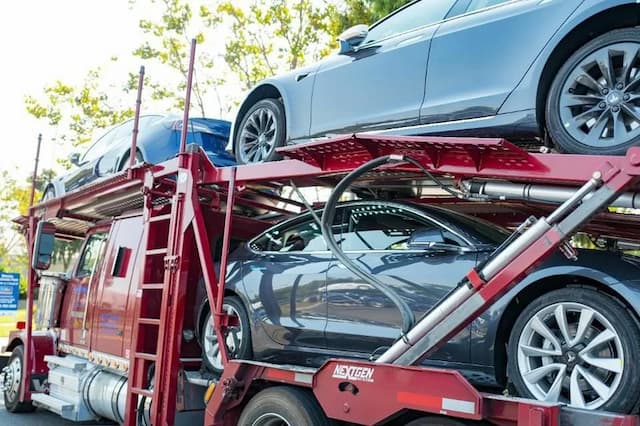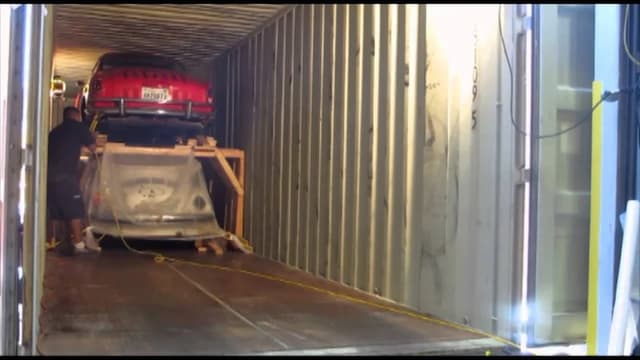Navigating Car Transport in Sacramento, CA
When it comes to shipping your car in California, there's a world of factors to consider. California, with its diverse geography, variable climate conditions, and urban congestion, presents a distinct set of circumstances. But don't worry! Here at CitizenShipper, we are committed to helping you navigate through it all. Whether you're moving into or out of Sacramento or need to transport your car for any reason, our expert team is here to help.
California's Vehicle Transportation Laws & Regulations
In California, car transportation laws and regulations are in place to ensure the safety and preservation of all vehicles and public roadways. Auto transporters must adhere to the Federal Motor Carrier Safety Administration (FMCSA) regulations for safety. Compliance involves ensuring that all vehicles are properly secured during transport and maintaining necessary documents for every shipped vehicle.
All auto transporters operating in California must also possess an active MC Docket number, issued by the FMCSA. This number signifies that a transportation company is registered under the federal government, allowing them to legally operate across state lines. Additionally, California has strict emissions standards, so vehicles being transported into the state should meet California Air Resources Board (CARB) requirements to avoid potential issues upon arrival.
Weather & Terrain Considerations in Sacramento, CA
Weather patterns in Sacramento, CA have a significant impact on car shipping. With a Mediterranean climate, Sacramento experiences hot, dry summers and mild, wet winters. Summer temperatures frequently exceed 90°F, which can affect transport vehicles and timing. Winter fog in the Central Valley can reduce visibility and potentially cause transportation delays from November through February.
Sacramento's location in the flat Central Valley makes it relatively accessible for auto transport, though seasonal flooding can occasionally impact routes. The city's proximity to both the Sierra Nevada mountains to the east and coastal ranges to the west means transporters may face challenging terrain when coming from certain directions. During wildfire season (typically summer through fall), major highways may experience closures that could affect shipping timelines and routes.








